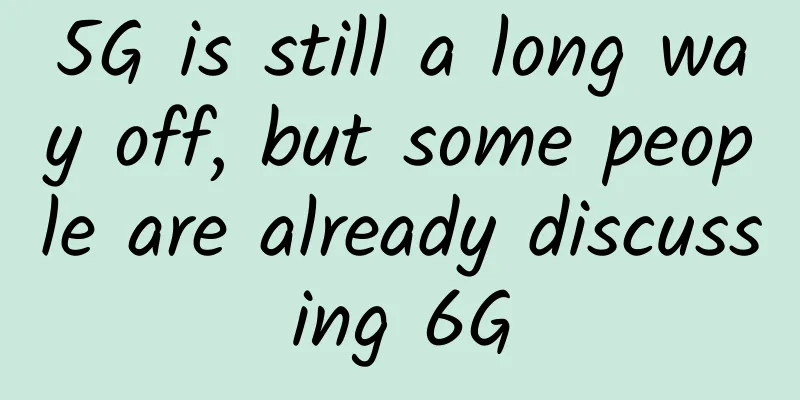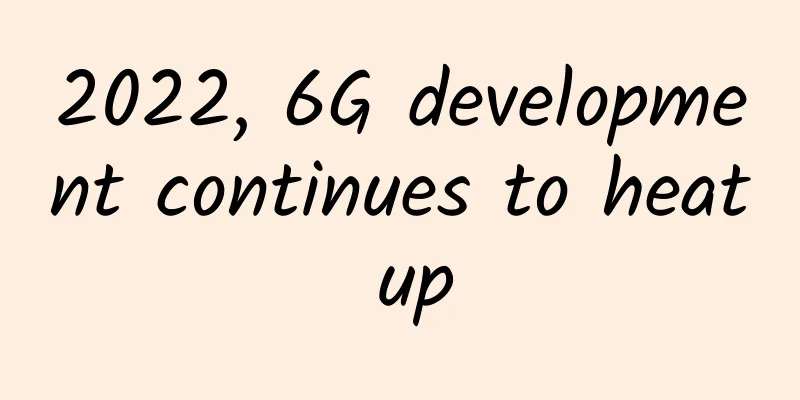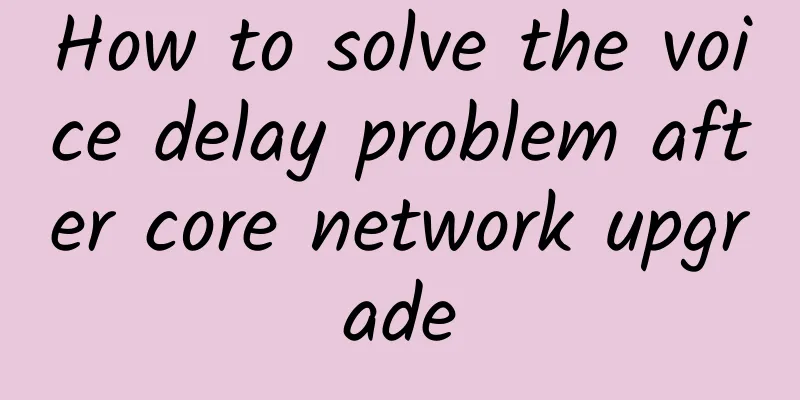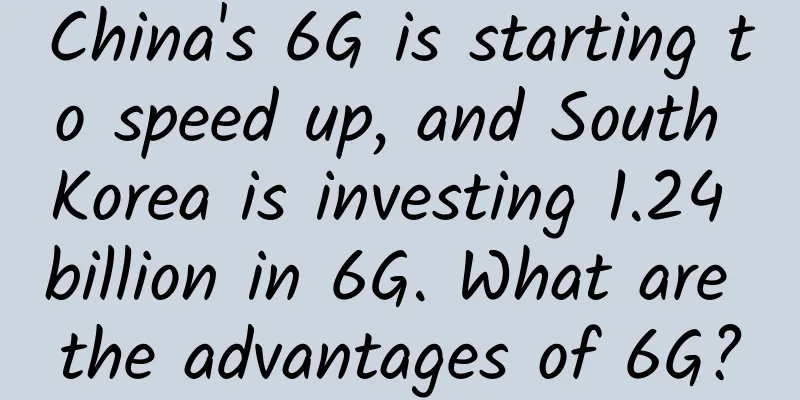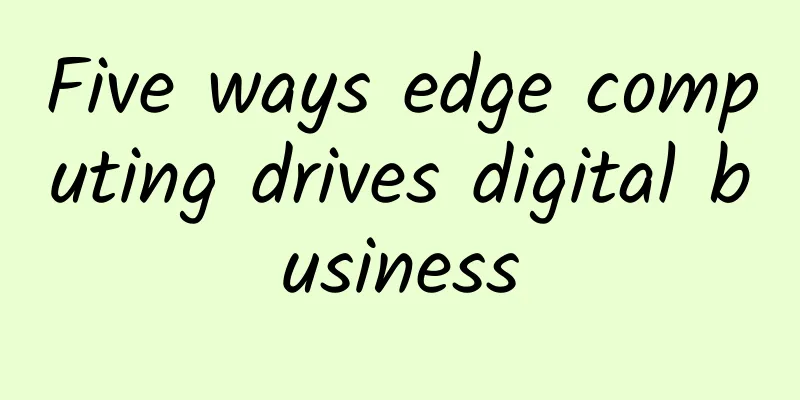The 5G coverage of the three major US operators was accused of false advertising: Verizon can only be connected 9.7% of the time
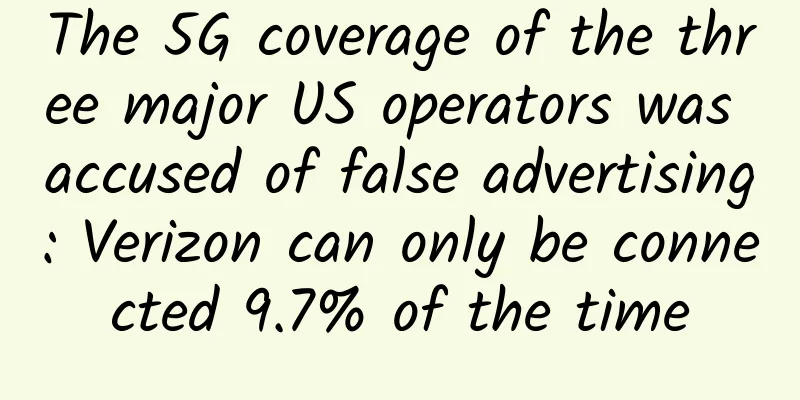
|
5G communication networks are reportedly faster than 4G networks and have less signal delay, so they can promote new businesses such as remote unmanned driving. In low-frequency bands, 5G communication speeds are slower, but the transmission distance is longer. 5G models in the mid-frequency band are faster, but the transmission distance is shorter. 5G communication in the high-frequency band is currently rare in the United States. This signal can only be transmitted about 1.6 kilometers, but it is the fastest.
Recently, OpenSignal, a professional organization in the U.S. communications industry, conducted a study on 5G communications coverage in the United States, and the report was made public on Thursday. The researchers of the organization connected the 5G networks of the three major mobile operators in the United States. The results showed that T-Mobile's network could only be accessed in 34.7% of the time, while AT&T and Verizon were 16.4% and 9.7% respectively. In addition, the network connections in these tests were not the fastest 5G types that some consumers expected. The test data is in stark contrast to the advertising campaigns of the three major U.S. operators. Currently, competition in the U.S. mobile communications market is fierce, and the three operators have already made 5G communications services the focus of competition and a selling point for attracting new customers. T-Mobile claims in its advertising that it has "the largest, fastest and most reliable 5G network in the United States," and that its coverage maps are almost all pink, meaning that the coverage is extremely wide. These coverage maps do not distinguish between the types and speeds of 5G communications provided in various regions. However, in some more detailed promotional materials, information indicates that the company uses a variety of 5G versions with average performance. In T-Mobile's 5G network, the fastest so-called "super capacity" 5G coverage is limited to hundreds of cities and millions of people in the United States, not the entire United States. AT&T claims to have the "most reliable 5G network" in its advertisements, and they also cited an evaluation report from a third-party mobile communications evaluation agency, Global Wireless Solutions. However, AT&T also pointed out that the fastest 5G+ service currently only covers a few selected areas and places in more than 20 states in the United States. In response to media questions about the inconsistency between 5G communication signal coverage and advertising, Grant Castle, vice president of communication network engineering at T-Mobile, said he believed the company's communication network performed well. "Do we have the scale and coverage that I would like to see with 5G? Not yet, we are still working very hard to get there," Caso said. Andre Fuetsch, chief technology officer of AT&T's "Network Services Group," told the media in an email statement that its 5G communication services are still in the early stages and are currently improving through continued investment and innovation. The BBC National Project is a non-profit organization in the United States that advocates industry trust and competition. The National Advertising Department of the agency has previously criticized the 5G advertising of the three major mobile operators in the United States. In August, the criticism of the National Advertising Department prompted T-Mobile to modify its advertising language. The operator was accused of not clearly stating that it was only its 5G network when claiming the "most reliable communication network". Harold Feld, a member of Public Knowledge, another U.S. advocacy group whose mission is to promote more affordable communications services, said that the current 5G promotion by operators is false. This new communications technology is still under development, but the operators' advertising is ahead of actual technological progress. Christopher Mitchell, head of the U.S. advocacy group Local Self-Reliance, said that low-income communities in American cities and vast rural areas are often the last to embrace the latest communications technology. In addition, in rural areas, the so-called 5G promoted by operators is actually only slightly faster than 4G communications. Mitchell said his group did not expect to get the fastest 5G communication service in rural areas immediately. In comparison, T-Mobile has better coverage in rural areas. "In short, I think there are a lot of dishonest behaviors in the operators' 5G advertising." Globally, 5G coverage is similar to that of the United States, and it is still difficult to satisfy consumers. According to a report released by Open Signal in early September, South Korea ranks first in 5G coverage among countries and regions around the world, with access 28.1% of the time. Saudi Arabia, Kuwait and Hong Kong all have access time ratios exceeding 25%. |
<<: Verizon achieves 711 Mbps 5G upload speed
Recommend
HTTP 2.0 protocol interview questions that will make the interviewer tremble
Http protocol is easy to use for programmers with...
There are so many network structures, this one is probably the most controversial one
Since its birth in the 1960s, network technology ...
HostUS: VPS in 7 data centers in Los Angeles starting at $16 per year, with optional OpenVZ/KVM architecture
HostUS has a low presence now, but it was very po...
5G is evolving to be more secure than 4G
Some people say that 5G network speed is 10-100 t...
LoRaWAN for public, private and hybrid networks
Established network connectivity technologies off...
Wholesaleinternet: $25/month-E3-1230v2/32GB/480G SSD/1Gbps unlimited traffic/Kansas data center
In addition to the cheap dedicated servers that w...
Comment: Why is the price war in the CDN industry slowing down at this stage?
In the past two years, cloud computing companies ...
DogYun newly launched Korean independent server, E5/SSD+NVMe 300 yuan/month after discount, automatic listing
DogYun (Chinese name: 狗云) has launched a new batc...
How to implement a 100-channel network camera monitoring solution?
1. Calculate line bandwidth First, we need to det...
Unleashing the Potential of Connections 2018 Huawei Network Innovation Technology Forum Launched in Beijing
[51CTO.com original article] In recent years, in ...
The role of active optical networks in enhancing data transmission
While fiber will always be the primary network, t...
As 5G private network applications enter deep waters, how can we achieve the goal of going from 1 to N?
At present, the 5G competition has entered the se...
Popular understanding of the seven-layer network protocol
[[256704]] The seven layers of OSI are briefly in...
Is 4G still better? China Mobile suddenly admitted: 50 million 5G users do not use 5G network
At the 2021 Mobile World Congress, Liu Liehong, V...
